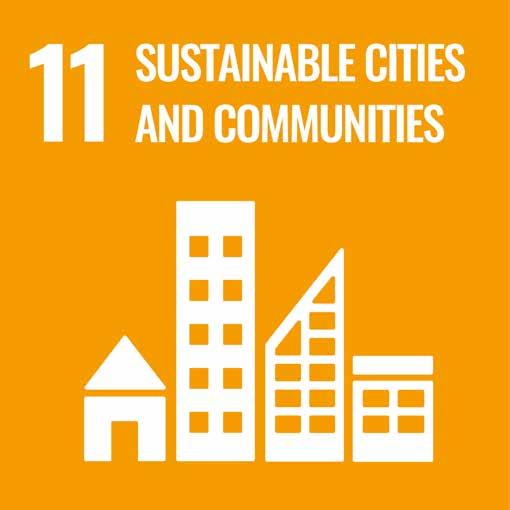25
CLIM ATE S TR ATEGY FOR CULT UR AL ENV IRONMENT M AN AGEMENT 2021–2030
GOAL 4 Strengthen expertise to safeguard cultural environments in a changing climate Actors in the cultural heritage field need to analyse the consequences of climate change, and the measures that are needed to prevent or reduce loss of or damage to cultural environments. Increased knowledge and expertise will result in a strengthened management practice, better use of resources and reduce the loss of cultural environment values. Throughout history, humans have had to adapt to prevailing climatic conditions. Historic climate adaptations will be an important source of reference for preserving cultural environments and can also be of relevance to other sectors in society. Interdisciplinary collaboration will become even more important to identify the potential negative impacts of climate change on cultural environments, and to preserve cultural-historical values.
STRATEGIC INITIATIVE 4.1 Develop knowledge, expertise and management practice in addressing climate change impacts
Sufficient knowledge and expertise are essential in developing robust management practices when addressing climate change impacts. Ensuring access to craftsmanship and suitable materials is an essential prerequisite for protecting cultural environments. The development of knowledge and new practices requires collaboration between different stakeholders, including public sector authorities, museums, research and educational institutions, the construction industry, owners and NGOs. The actors in the cultural heritage field must actively communicate their research and development needs, initiate and take part in projects and interdisciplinary collaboration to ensure that the knowledge generated holds relevance for cultural heritage management. Historic climate adaptation, research and experience-based and traditional knowledge must be considered together, made available and applied. Information must be tailored to different target groups and made available through the appropriate channels. In addition to the normal dissemination practice of the cultural environment management, educational institutions, building preservation centres, the university museums and Bygg og Bevar will be important communication platforms.
HISTORIC CLIMATE ADAPTATION. Some buildings at the village of Otternes Bygdetun in Aurland have shutters that can be placed over the windows when storms are expected. Photo: Ståle Arfeldt Bergås, Directorate for Cultural Heritage







